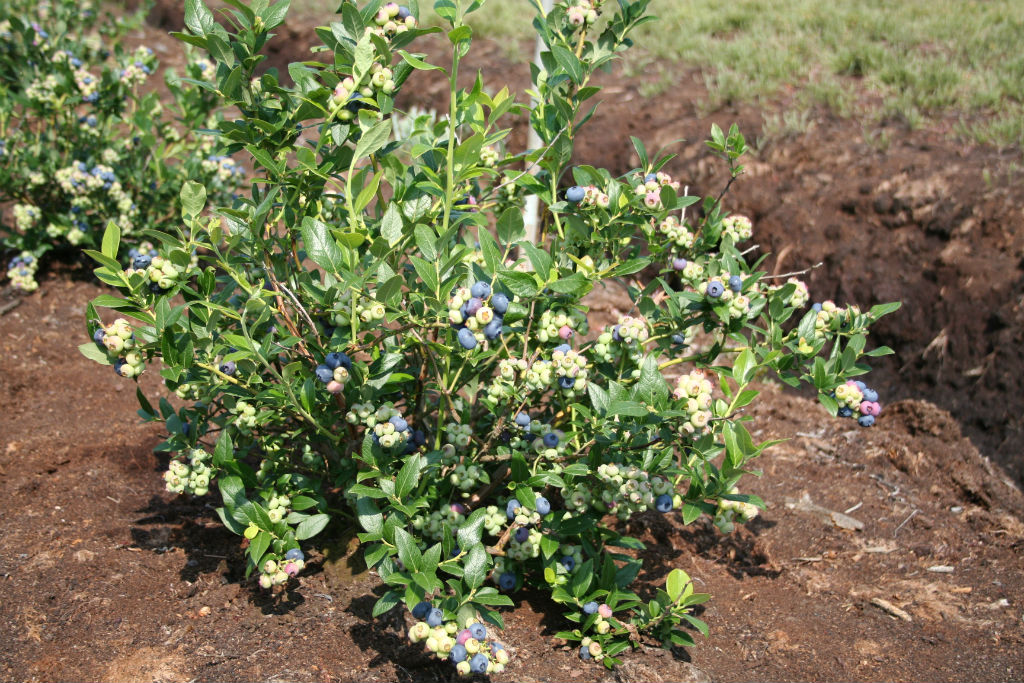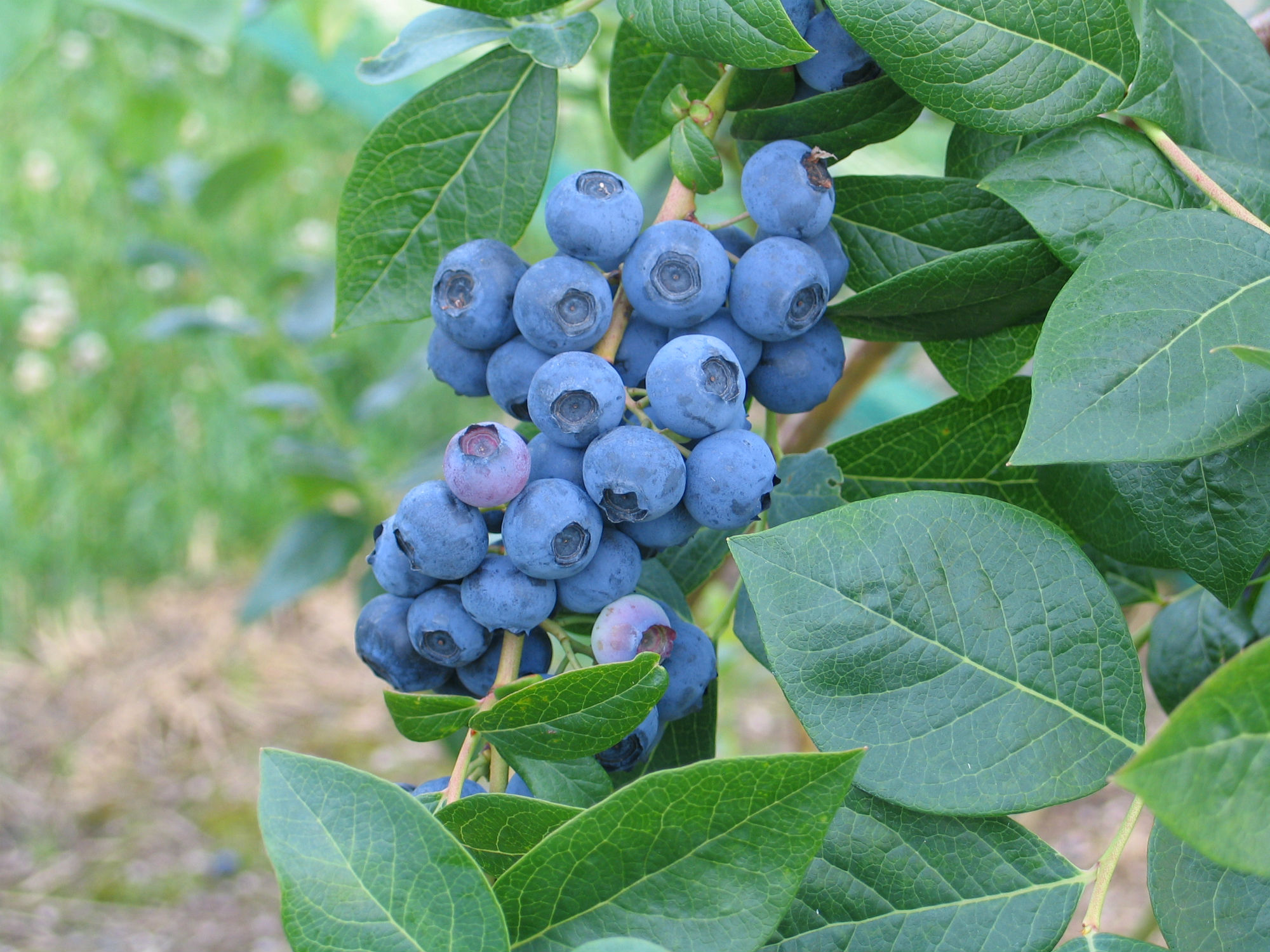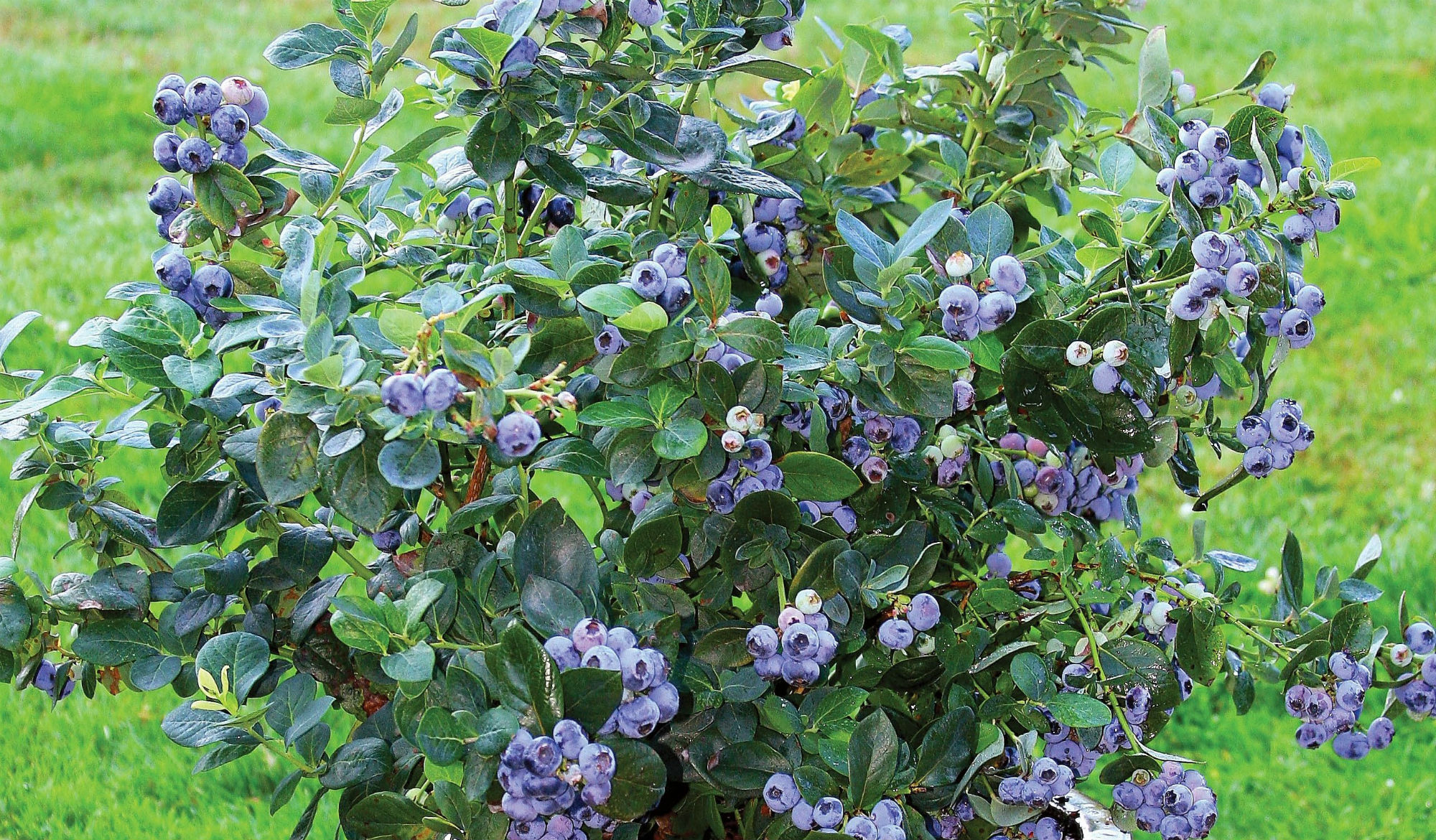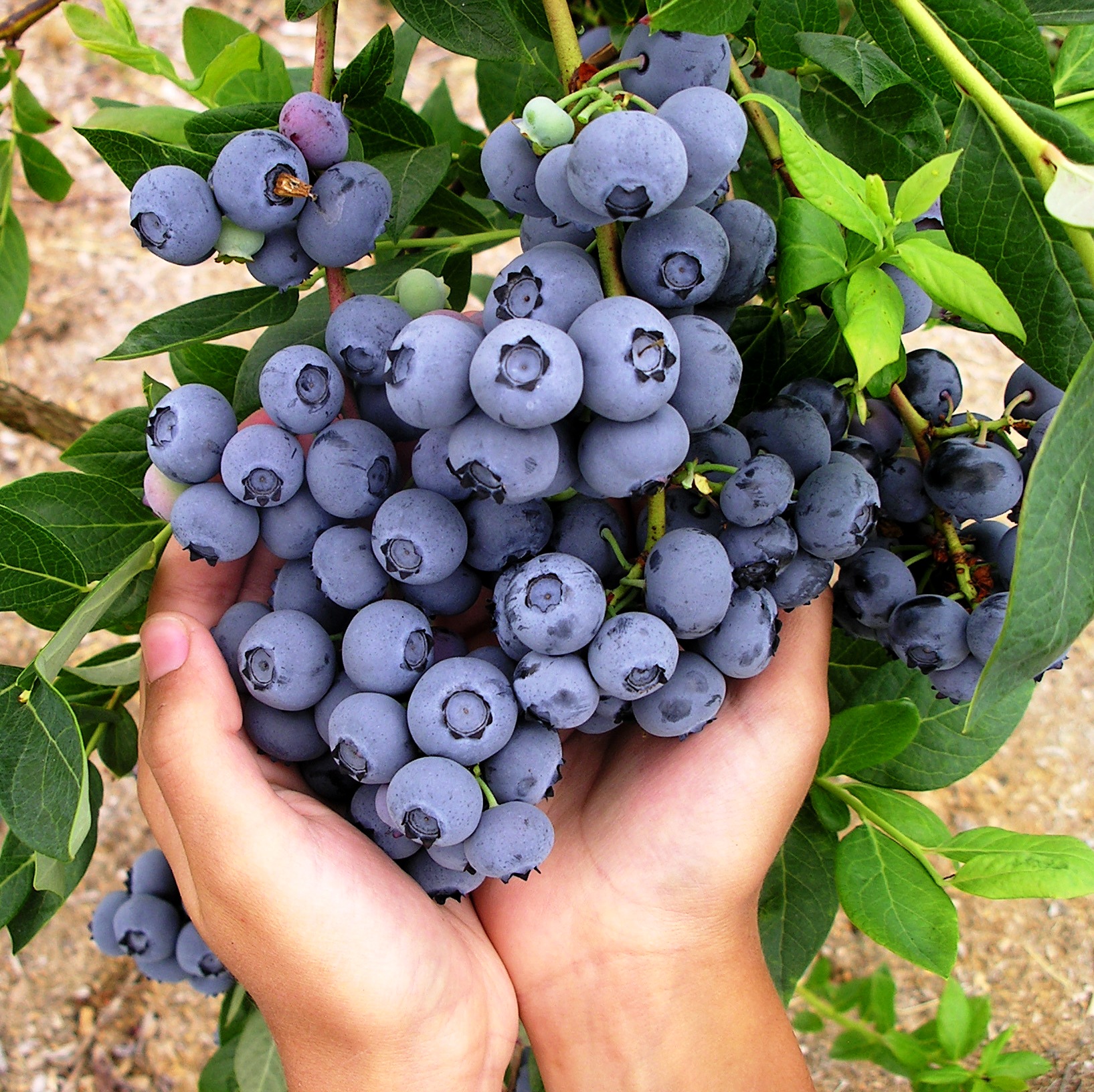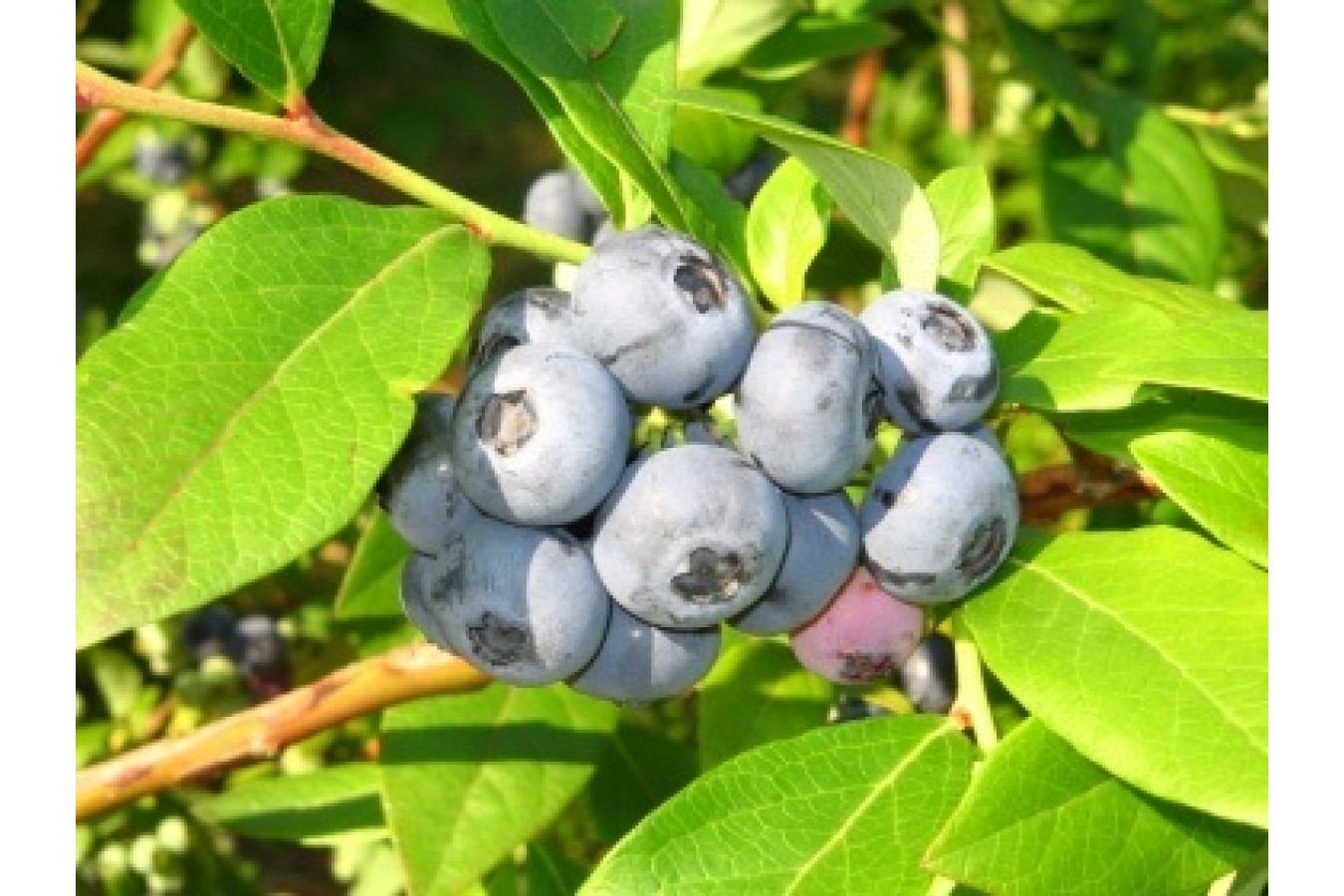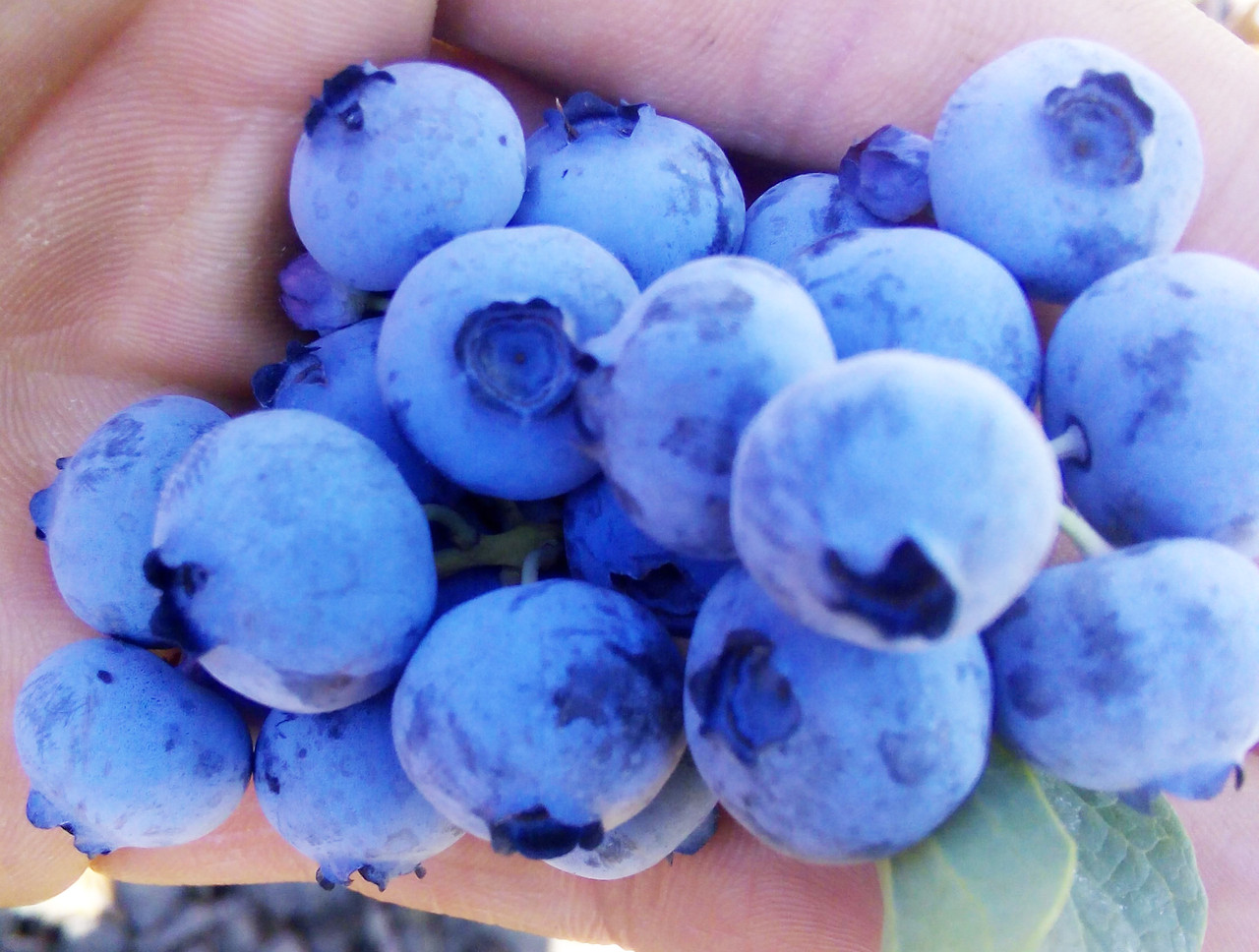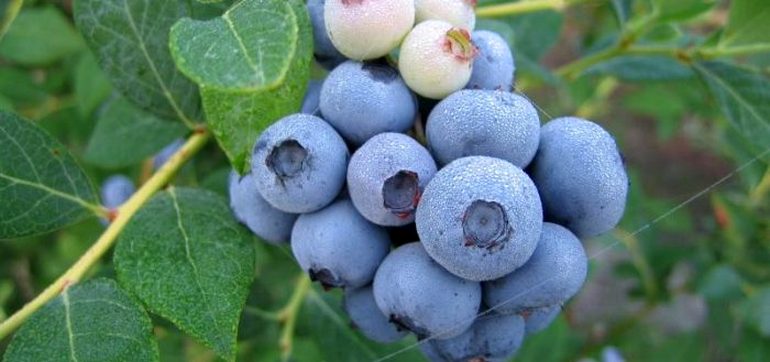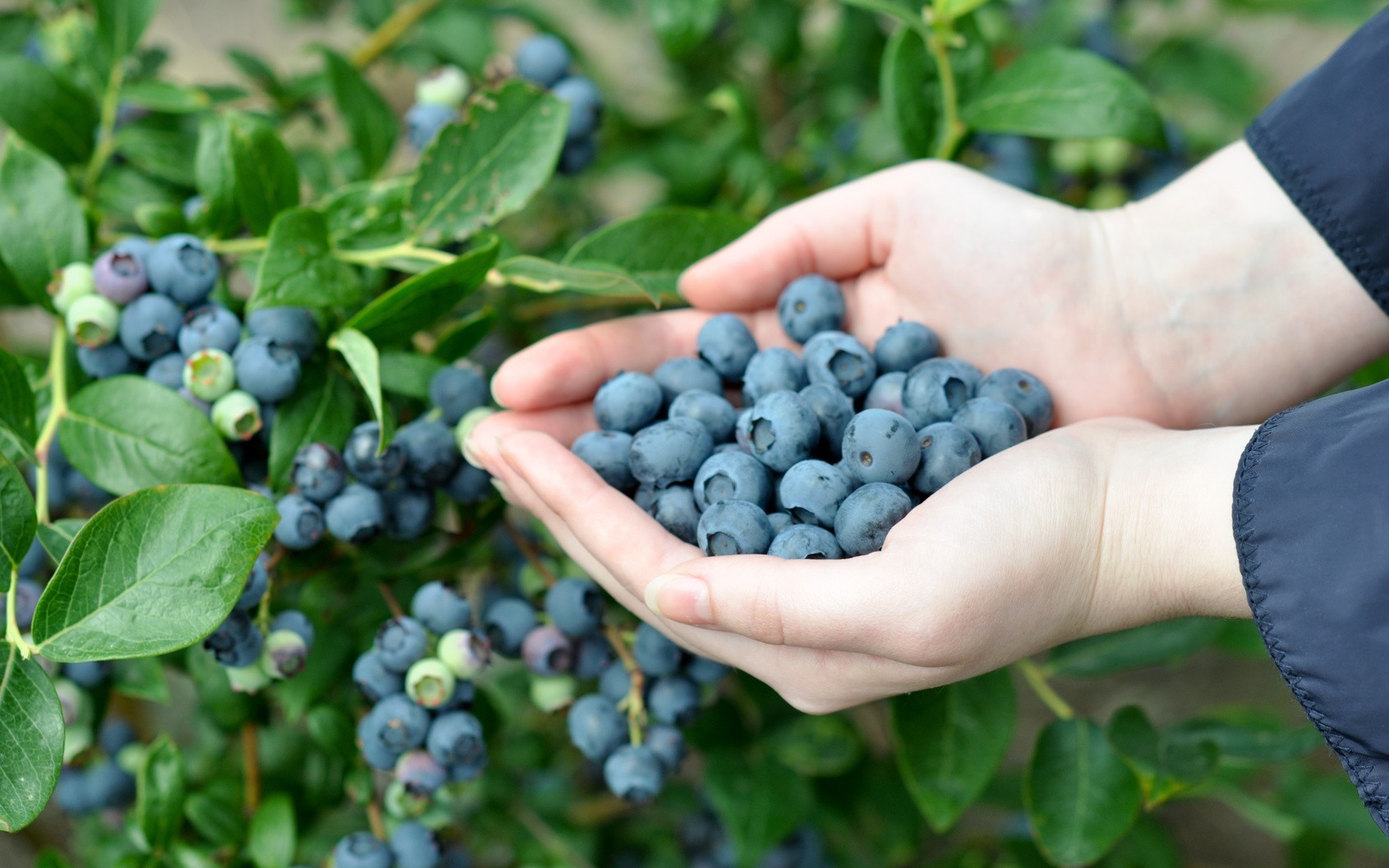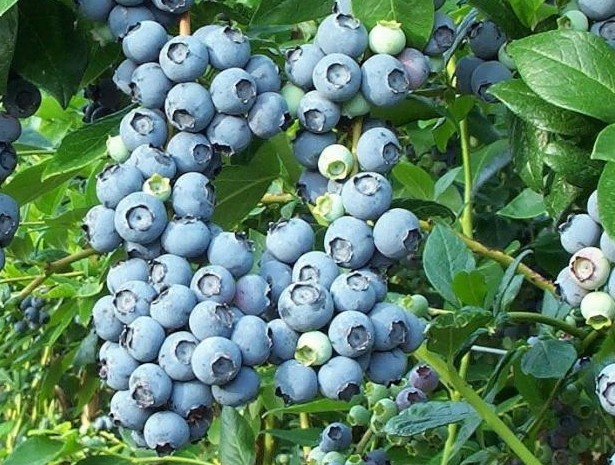Content:
North Blue blueberries have a number of advantages over competitors, and therefore have earned special popularity among gardeners. Despite the small size of the bush, the yields are truly heroic. In addition, this variety is characterized by increased frost resistance, which makes it possible to cultivate it in a harsh cold climate.
The history of the creation of the variety
Not all gardeners can plant tall shrubs on their site. Many because of this despair and refuse to grow tasty and healthy berries. Northblue blueberries in this case will be a real find. The variety was obtained as a result of the work of breeders under the blueberry breeding program organized by the US Department of State in 1973.
Northblue was born as a result of a selection of seedlings obtained by crossing the G-65 and Asworth. On the paternal side, the shrub is classified as US-3. Currently, the plant is included in the State Register of Varieties of Belarus. Suitable for cultivation in those regions where tall varieties are unproductive due to low frost resistance.
Description and characteristics
For gardeners who are interested in undersized North Blue blueberries, the description of the variety will give a lot of useful information. It can be grown in almost all regions. The growing season is shortened, increased frost resistance, small fruits. Shrub characteristic:
- medium-sized variety;
- the fruits are large enough, at the stage of technical maturity they have a rich blue color;
- berries have a pronounced blueberry flavor and strong aroma;
- the pulp of the fruit is dense;
- ripening occurs in July - early August;
- from flowering to ripening of berries takes from 47 to 63 days.
It is known that Nord Blue is a frost-hardy blueberry that can withstand temperatures down to -37 ° C in winter. In those regions where snowless winters prevail, the root system should at least be mulched.
A distinctive feature of this variety is the record content of anthocyanins, due to which the berries show the typical blueberry color. A small bush has the same yield as tall species. The fruits can be frozen, processed and consumed fresh.
Landing
Growing blueberries of the Nord Blue variety has its own characteristics. The main factor for blueberries to be productive is the correct soil on the site. Light acidic soil is best suited for these purposes. Before planting young plants, preliminary preparation should be carried out, which is as follows. They take sawdust, peat with high acidity, malic or acetic acid, fallen leaves and mix everything. The resulting mixture must be scattered evenly over the bed and dug up.
Attention! The large, undersized Nord Blue is not suitable for low-lying areas where there is a risk of water stagnation or waterlogging.
In a garden where high humidity prevails, the root system of the shrub can be damaged. This is provoked by low oxygen content and improper metabolism.The clay soil, which is characterized by the problems described above, also has a negative impact on the new seedling.
Planting Nord Blue blueberries should be carried out in a sunny area, without shading. You should also take care of reliable protection against drafts. In partial shade, not only the yield is significantly reduced, but also the taste of the berries deteriorates. In addition, the harvested crop, grown in a lack of sun, tends to deteriorate quickly. In winter, the shoots in the shade freeze and die. The shrub itself develops and grows more slowly and does not bring the desired result to its owner.
Early low-growing blueberry varieties, which include Nord Blue, are planted in a previously prepared hole with a diameter of 45 cm and a depth of about 40 cm. Acid soil is laid at the bottom of the hole. If several plants are planted, then a distance of at least 0.7 meters is left between them.
Variety cultivation rules
Northblue garden blueberries are propagated using 3-year-old seeds, which are often mixed with other low-growing varieties to obtain higher yields. This technique not only increases the number of ovaries, but also speeds up the ripening time.
Gardeners are interested in the question of whether Northblue blueberries are self-fertile or not? I must say that it can bear fruit on its own, but the berries, for which cross-pollination was applied, grow sweeter and more tender. To improve the quality of the fruit, it is advisable to plant a pollinator variety nearby.
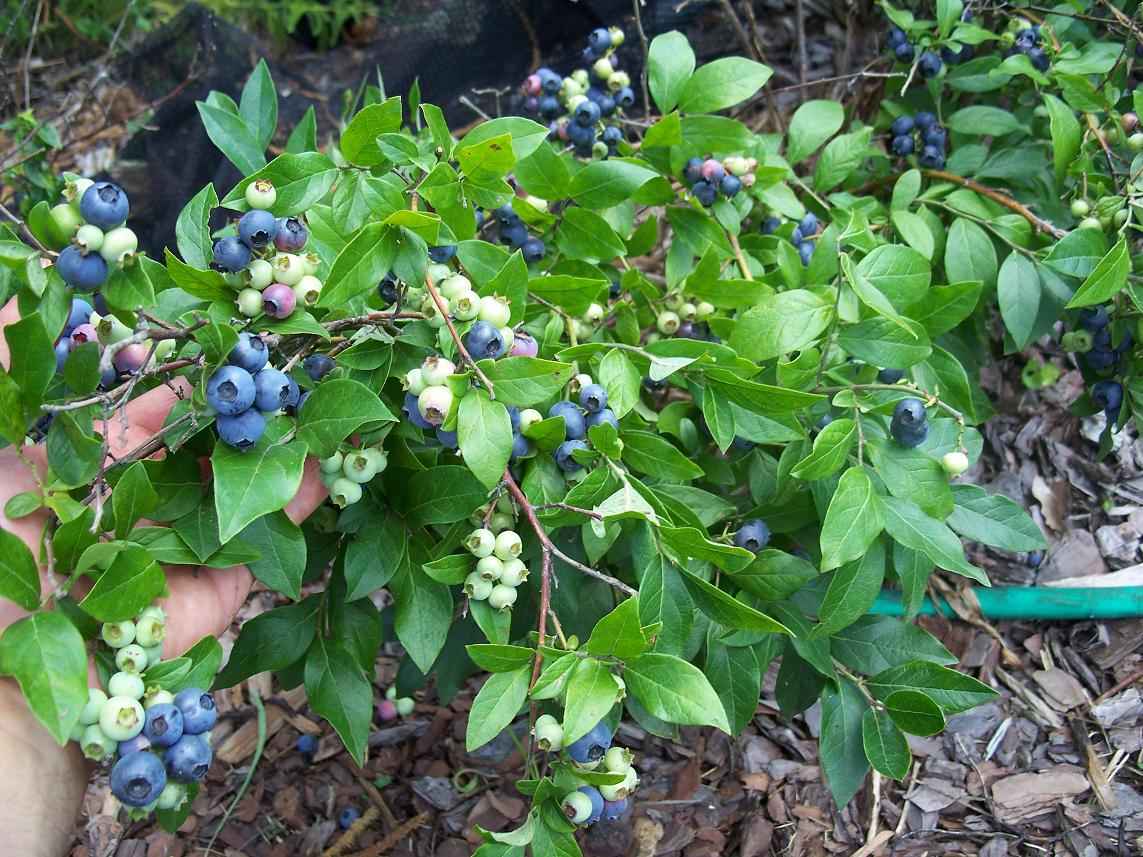
With proper care, Northblue blueberries will surely delight you with an abundant harvest of delicious berries.
After the blueberries have been planted on the site, you should regularly moisten the soil around the young bush and prevent the root system from drying out. Excessive moisture also damages the seedlings. In the summer, irrigation is carried out 2 times a week at the rate of 1 bucket of water per bush. Lack of water leads to the loss of a significant part of the crop.
In hot and sultry weather, Nord Blue blueberries are not only watered, but also sprayed with water. Such actions are carried out during maximum solar activity in order to cool the plant. This type of shrub requires some attention. To facilitate maintenance and reduce the time spent on weed control, the soil around the seedlings is mulched. Sawdust, pine needles or straw are used for this, laying them in a layer of 5-15 cm. Mulch helps to balance the temperature in the soil and prevents excessive evaporation of moisture.
Caring for Nord Blue blueberries provides for timely feeding. Mineral fertilizers are applied in several stages. The first of them falls on the period when the buds are just beginning to awaken on the plants. The second feeding is carried out at the beginning of flowering or towards its end. And finally, the third time fertilization is applied at the end of June. For feeding seedlings, it is good to use ammonium sulfate, which is applied a couple of times per season.
Attention! Manure should never be used to fertilize Nord Blue blueberries. Otherwise, there is a risk of destroying all plantings.
The Nord Blue blueberry tolerates the winter cold well, however, with a small amount of snow, the twigs can become icy. As a result, the shrub freezes out. To prevent this, the shrub is covered with spruce branches or other suitable material, but in no case with polyethylene. In the spring, frosts are not terrible for the plant. Even with flowering, it can withstand temperatures as low as -7 ° C.
Diseases and pests
Northblue blueberries show excellent resistance to major diseases.
He is not afraid:
- white spot;
- gray rot;
- monoliosis;
- anthracnose.
In order to prevent fungal diseases, this type of plant is treated with a Bordeaux mixture. If there are any signs of an illness, the affected parts are removed.In case of insufficient moisture and excess feeding, diseases of the root system can develop.
Blueberry variety NorthBlue can be affected by the following pests:
- caterpillar;
- aphid;
- color beetle;
- leaf roll;
- kidney mite;
- Khrushch.
They fight these insects with the help of special preparations - insecticides.
Advantages and disadvantages
Like any plant, North Blue has a number of advantages and disadvantages that distinguish it from its competitors. Most often, the blueberry of the Blurei variety acts as a prototype for comparison, the description of which suggests that the shrub is tall and not cold-resistant enough.
It should be noted that North Blue has the following positive qualities:
- the ability to withstand severe frosts in winter;
- berries are perfectly stored and are suitable for long-distance transportation;
- increased resistance to major diseases;
- decorative properties of the shrub;
- excellent taste;
- healing properties of fruits.
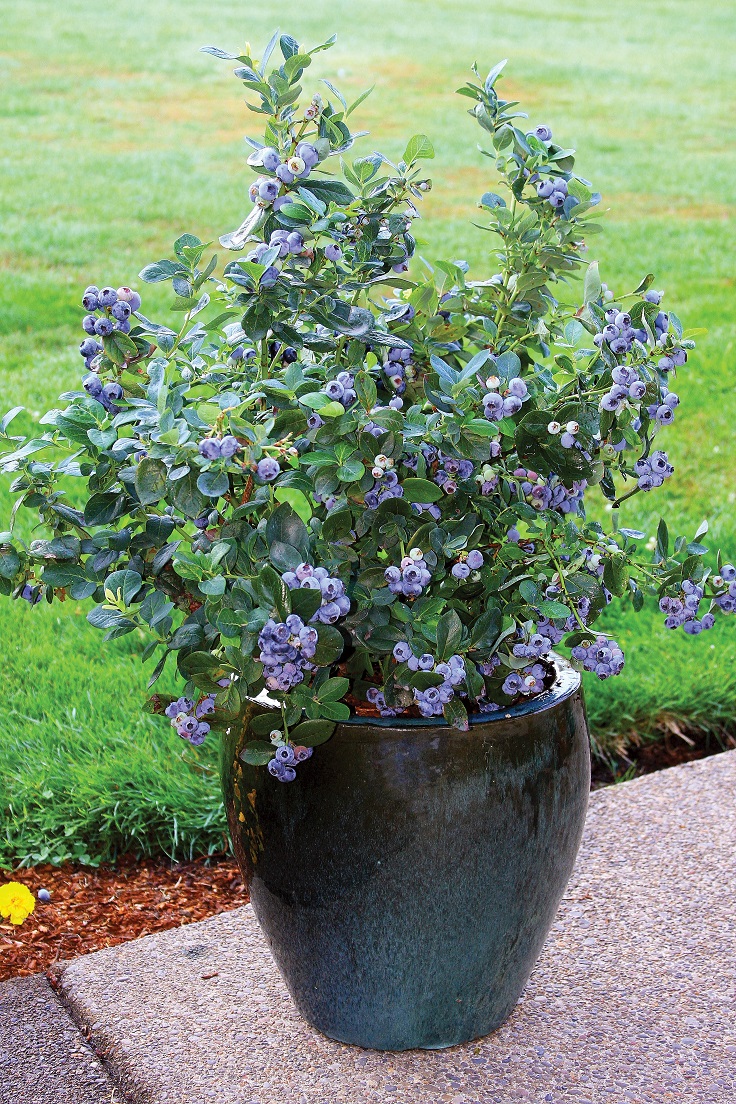
North Blue blueberries are grown not only for healthy and tasty berries, but also as an ornamental plant
As evidenced by the reviews of gardeners, among the shortcomings, the plant's exactingness for lighting and soil is most often distinguished. In addition, to increase yields and taste, the North Blue needs to be grown alongside a pollinator variety. By the way, it may well become blueberry Blurey. This requires only the presence of appropriate climatic conditions in which the plant could successfully overwinter. Given all the advantages of the North Blue variety, gardeners turn a blind eye to minor shortcomings and are ready to please the whims of their favorite shrub.
Northblue blueberries are not only tasty, but also a very healthy berry, which is not so difficult to grow on your site. From the fruits, you can make excellent jam, use them as an ingredient for cereals, eat with milk. The yield and frost resistance of the variety, as well as the compact size of the shrub make it attractive not only for the sake of harvesting, but also as a decorative element of landscape design. Unlike other varieties, North Blue berries are sweet without leaving a cloying aftertaste.
